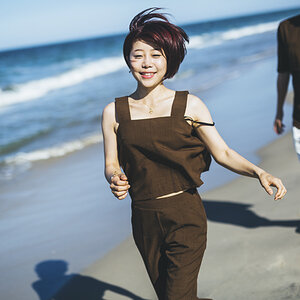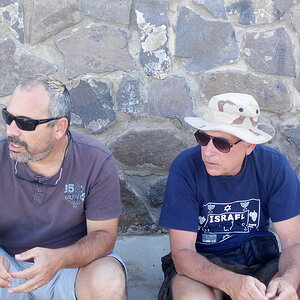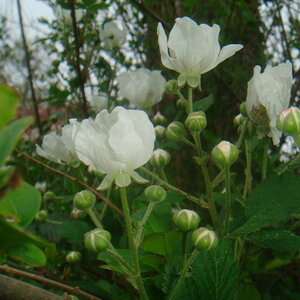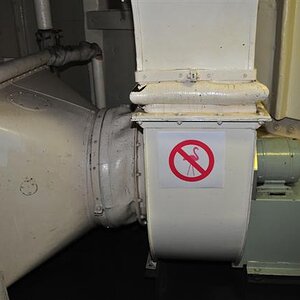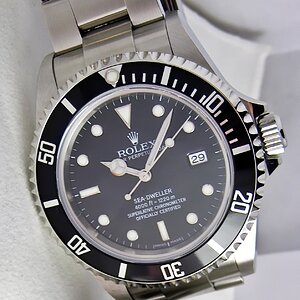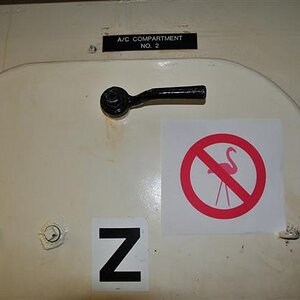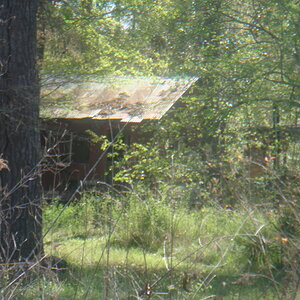John27
No longer a newbie, moving up!
- Joined
- Sep 1, 2010
- Messages
- 300
- Reaction score
- 49
- Location
- Missouri
- Can others edit my Photos
- Photos OK to edit
Hey all,
Okay so I'm just not starting to learn a little about light, I've taken a solemn vow to never use the pop-up flash again, and have started really learning that light is what separates the good pictures from the bad!
But I was in a unique situation today. I've ordered some gels but they aren't in yet, so it wouldn't have mattered tonight anyway. But my little sister had a high school band concert and I was shooting. Certainly not ideal, shooting from the balcony and my only long zoom lens is a cheaper 75-300 III. But anywho, I was using the Yongnuo flash and it was doing surprisingly well firing that far, at full power most of the time. But of course the color was off, because it was mixed lighting.
Now I know that, using a gel, I could match the color of the lighting and thus set the white balance accordingly. I've even got a gray card to help me do that! BUT...
The gymnasium was not using metal halide or halogen lights. They were using some extremely high output flourescents. My first thought was maybe T5 HO lighting, but that is usually daylight anyway? The images came out red when set to flash white balance. Should that tell me something?
So long story short... if you are unsure of what the lighting is, BUT, the lighting is consistent (the entire gym was lit with the same fixtures), how can you best determine what gels to use?
Sorry for the newbie question, but hoping someone can point me in the right direction. If my gels were in I could have experimented but I'd prefer to be able to just 'know'. My thought process is, if my 5600K flash (yellowish, right?), then if the lighting was more blue, I would get green toned pictures (And would correct with a CTB gel). Am I warm? Way off base? So then, what could cause me to get reddish skin tones? Red is a primary color!
So anyway, thanks for the help!
Okay so I'm just not starting to learn a little about light, I've taken a solemn vow to never use the pop-up flash again, and have started really learning that light is what separates the good pictures from the bad!
But I was in a unique situation today. I've ordered some gels but they aren't in yet, so it wouldn't have mattered tonight anyway. But my little sister had a high school band concert and I was shooting. Certainly not ideal, shooting from the balcony and my only long zoom lens is a cheaper 75-300 III. But anywho, I was using the Yongnuo flash and it was doing surprisingly well firing that far, at full power most of the time. But of course the color was off, because it was mixed lighting.
Now I know that, using a gel, I could match the color of the lighting and thus set the white balance accordingly. I've even got a gray card to help me do that! BUT...
The gymnasium was not using metal halide or halogen lights. They were using some extremely high output flourescents. My first thought was maybe T5 HO lighting, but that is usually daylight anyway? The images came out red when set to flash white balance. Should that tell me something?
So long story short... if you are unsure of what the lighting is, BUT, the lighting is consistent (the entire gym was lit with the same fixtures), how can you best determine what gels to use?
Sorry for the newbie question, but hoping someone can point me in the right direction. If my gels were in I could have experimented but I'd prefer to be able to just 'know'. My thought process is, if my 5600K flash (yellowish, right?), then if the lighting was more blue, I would get green toned pictures (And would correct with a CTB gel). Am I warm? Way off base? So then, what could cause me to get reddish skin tones? Red is a primary color!
So anyway, thanks for the help!



